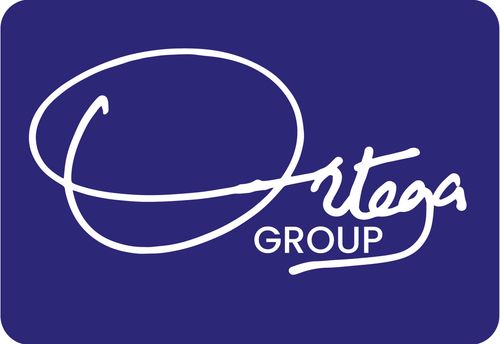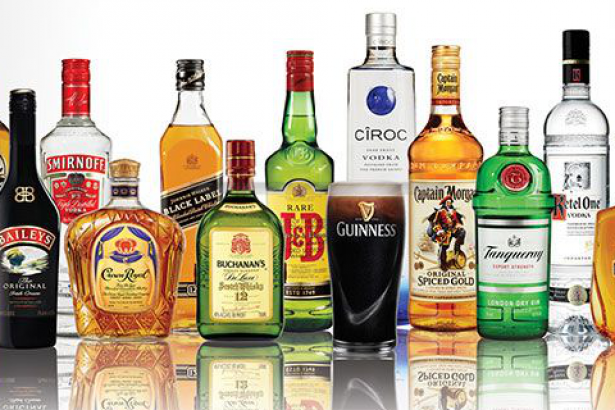In its recent job postings, Uganda Breweries Limited (UBL) confirmed its position as market leader in the beer market. The lines read; ‘UBL has 51% value share of the beer market.’ This was not the case previously.
Historically, Nile Breweries Limited (NBL) had led in the market share. Around 2015, NBL boasted not only as market leader in volume, but also in value share. This market leadership on NBL’s part had come through a robust distribution strategy. The capital investment in western Uganda had given NBL the necessary push to consolidate its distribution network. Thus, NBL had the market advantage of last mile capabilities. Out of these capabilities, NBL was reward with both volume and value share.
It’s then that UBL master-minded the strategy of value share. “If we couldn’t beat NBL on anything, we could at least do our best to beat it on value. It was our only option. With value share, we could have the muscle to invest behind our distribution,” a former Sales leader at the firm confided to our analyst.
Thus, UBL made the strategic reprioritization decision. At the time, UBL had been heavily producing brands such as Senator, and Ngule. Although these brands commanded volumes, they didn’t pay back in margin. “The gross margins (GM) on these brands didn’t make sense. They were low-tier brands, that means the consumers were also price sensitive. But worse on the packaging lines, if you are going to run Senator and get a GM of less than 40%, then why not run a Bell or TML that’s consuming probably same in costs, yet returning more in GMs,” this sales leader explains.
Thus, from the years that followed on from 2015 onwards, UBL started to skew its strategy towards all initiatives that would enable it win back on value. NBL had the lead in volume and went on slowly losing the hold on the value component. Worse, NBL would be hit by the closure of the opaque beer line following a change in tax regime. By this time, UBL was also getting return on capital employed from its focus on GM-accretive brands, while and pushing down on the GM-dilutive brands.
Nine years later, UBL’s strategy seems to have paid off. The company today stands in a healthy position thanks to its focus on being a value-leader. Of course, one could also argue that NBL was disadvantaged by its lack of strong spirits brands. Whereas UBL has a strong spirits component, both in the mainstream spirit and the premium spirit, NBL has been largely absent in this area. Furthermore, NBL has had to reply on two brands, Nile and Club. Although this enables NBL to have laser focus, it also limits their movements on the chess board. UBL had many pieces to play with, NBL doesn’t have this board flexibility.
The purpose of this article is not to point out which strategy was better (one needs to be 20 years into the future to make such an assessment). The purpose is to illustrate some lessons:
The first lesson is on unit economics. UBL couldn’t have know where to focus if it hadn’t done the unit economics on its different brands. For hidden within unit economics is the story of every business.
The second lesson is that when a company doesn’t have strong distribution networks, it can’t rely on volume as strategy (low prices, more volumes). Instead, such a company is better served by a value-based strategy (focusing on customers that promise higher margins or progressive growth in margins). It’s only when one has developed a robust clear route to market or route to consumer that the volume strategy can be pursued. A volume-led strategy belongs to those with well established and solid distribution networks.

